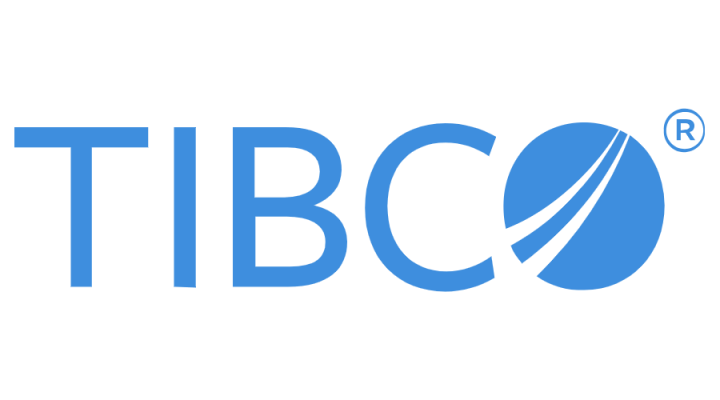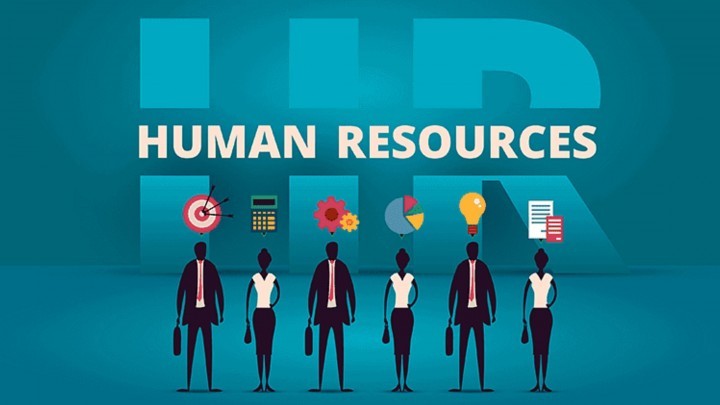
Principles of Positive Work Culture
The process of developing positive work culture in an organization was thought to be an elusive, time consuming, resources wasting process in the past years. But the studies have revealed that the thought is utterly wrong, and the truth is the opposite.
Creating a positive work culture begins with nurturing happy employees. Happy employees are 85 percent more efficient. They exhibit a 60 percent drop in absenteeism and stay twice as long in their jobs with compared to less happy colleagues. Positive work culture helps in creating a measurable impact on engagement, retention, safety, wellness, employer brand and even cost control goals, according to the studies.
Work culture will naturally form within every organization and sometimes even could cause damage to your business. Allowing negative behaviors and toxic attitudes to spread will cultivate an unfavorable work experience.
Work culture not only guides employees in the workplace, but it also guides customers on whether they want to do business with you.
Here are some key principles of positive workplace culture that can be adopted in your workplaces.
Transparent and Frequent Communication
Frequent and transparent communication between the management and employees always contributes to a positive work culture. Promote transparency and open communication between department heads, management and team members. This will create a positive work culture where employees feel heard and valued. When the upper levels of the organization are open with employees, it can help foster good communication throughout the organization.
Encourage teamwork
Encourage real teamwork and thereby reducing the chances of fights among themselves. Outline the objectives of each team so employees have tangible results to work toward. This not only will help to guide the individual performance, but it will also encourage collaboration between team members.
Set organizational roles and responsibilities
Each employee should be clear about their roles in the organization and how they fit into there. make sure every employee is clear on the organization’s long-term objectives. This will help individuals cultivate a sense of professional purpose. Having a source of motivation beyond quarterly quotas will demonstrate the value each role has toward achieving the company’s mission.
Set core organizational values
Set core values and communicate to employees in such a way that they should always adhere to those values consistently. These should be the foundation of everything that happens at your company and guide your organization’s evolution.
Some of the most common organizational values include:
- Honesty
- Integrity
- Teamwork
- Excellence
- Innovation
- Accountability
- Trustworthiness
- Fairness
- Learning
- Customer experience
Dedicate as much time as necessary to ensure everyone is aligned, and include leadership, long-term employees and HR representatives so all significant parties can weigh in. In the end, you should have a concise list of values that accurately reflect your current company culture and long-term goals.
Set the morale values high among the employees
This can be estimated through employee engagement surveys. Take feedbacks from the employees to understand about their attitude towards the organization. Rather than considering it to be indicative of something you’re doing wrong, think of it as the opposite — your employees care so much about the organization and its success that they are trying to help make it better.
Minimize employee burn outs
Keep the workload minimum for employees as it will lead to stress, negativity, and reduced morale values. Avoid insisting employees to work on lunch breaks and beyond the regular working hours. Regular breaks have actually been shown to improve productivity and 81 percent of employees who break for lunch on a daily basis report having a desire to actively contribute to their organization.
Consider work-life balance
Take necessary steps to achieve work- life balance among employees. If an employee is struggling to balance work with their family life, try to figure out a compromise that allows them to be productive at work without sacrificing their personal life.
Unbiased and unfavored treating of employees
There shouldn’t be any sense of unfairness or favoritism towards employees across groups and teams. Each employee should be considered equally in the organization irrespective of their positions and personal attachment while taking decisions. Any hint of biasing can cause damage to the organization’s morale values among others.
Zero tolerance to workplace discrimination and violence
Harassment, disrespect, discrimination, bullying, unsafe behaviors, and violence shouldn’t be tolerated in any way. Employees should know their rights and individualities are protected within the workplace. A positive work culture provides employees with the opportunity to speak openly about issues they are facing. Make sure the HR person finds some time to listen to the employees to understand their issues.
Appropriate and prompt dealing of employees
Employees should understand that their employer can be trusted to protect them and not foster a workplace that can harm them in anyways. Every individual should feel valued and heard, regardless of their status within the company. Always show you value and respect to the employee’s time, and care about what they have to say.
Recognition and appreciation
Employee’s efforts should be recognized and appreciated genuinely. Reward employees for achieving outstanding results. Doing so will encourage employees to continue performing at impressive levels and make them feel valued within the company. It will also motivate their peers to achieve their goals and thus keeping a friendly competition among the employees resulting in the well-being of the organization.
Implement frequent employee development programs
This usually includes an employee training program to augment employee development plans. Employees should feel that the organization has invested in their future. Allow employees to pursue their passions, both in and outside of the office, and encourage information sharing between colleagues. This exchange of knowledge will lead to improved employee relationships, collaboration and mutual trust among them.
Be a little flexible
Employer rules cannot be so rigid that they do not allow any flexibility for changing situations. Flexibility can come in many forms, but it’s important the employer shows it. Work has its stressful moments and being able to make a difficult situation more lighthearted is an invaluable skill. Of course, the ultimate goal should be to resolve the problem, but a fresh perspective and positive outlook is more productive than the alternative.
Provide feedbacks
Always provide feedbacks to employees frequently in an appropriate way so that they would be aware of how they are doing at the organization. Conduct one-on-one meetings with your employees and give them suggestions using how they can develop their skills and improve themselves.
A positive work culture isn’t created by a handful of people. It’s a team effort and HR teams can’t be tasked with doing it alone. Positive cultures are created when everyone works together. It is important to understand that workplace culture that it is not only about the behavior of its employees, but also about the values the organization believes in.
Creating a positive work culture where everyone feels valued, welcomed and respected is vital to an organization’s success. Be sure to take your employee’s feedback into account and lean on them to help cultivate a great work experience.















































































































































